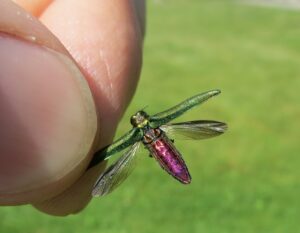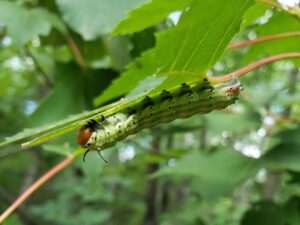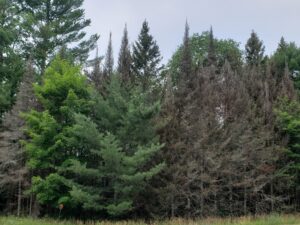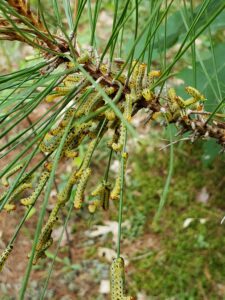The Wisconsin Department of Agriculture, Trade and Consumer Protection (DATCP), in partnership with the Wisconsin DNR, has detected emerald ash borer in four new counties (Dunn, Oconto, Pepin and Shawano). Please read this DATCP article for more information.

Adult emerald ash borer beetle.
If you are a landowner and have questions about ash trees in your woodlot, contact your local DNR forester using the Forestry Assistance Locator.





